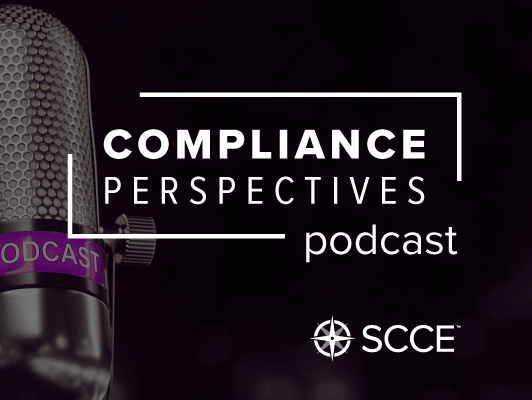Podcast: Play in new window | Download (Duration: 12:22 — 11.4MB)
Subscribe: Apple Podcasts | Email | TuneIn | RSS
Compliance programs continue to evolve, seeking new and better ways to prevent and detect violations of law. It was in that spirit, reports Chris Audet, Senior Director, Research at Gartner, that they began examining ways to improve program effectiveness.
At the time the survey began, many of their clients were dealing with peak Covid challenges, which included limits on training and the creation of new policies. Enhancing controls emerged as a potential alternative means of preventing problems. Of particular interest were embedded controls because they can both mitigate risk and reduce the burden on the workforce. Rather than training everyone on an issue or employees having to search for information, the control could flag a potential issue and help both the compliance team and the individual employee act appropriately. For example, travel and entertainment management software could automatically flag an issue and ask the proper questions.
As Gartner studied the issue they discovered that compliance burdens tended to fall disproportionately on department and management levels not identified as high risk: research and development, engineering teams, strategy, planning and others. Because these groups were least attended to, individuals working in them needed to work the hardest to understand their compliance obligations.
Senior and Executive Vice Presidents also tended to be overly burdened because they are often trained less than others on compliance issues. As a result, they frequently struggle determining what to do in a given situation.
To reduce the compliance burden the Gartner report recommends three things;
- Help employees remember better by putting controls closer to decision making.
- Reduce the number of judgement calls
- Help employees execute
Listen in to learn more about easing the compliance burden.


